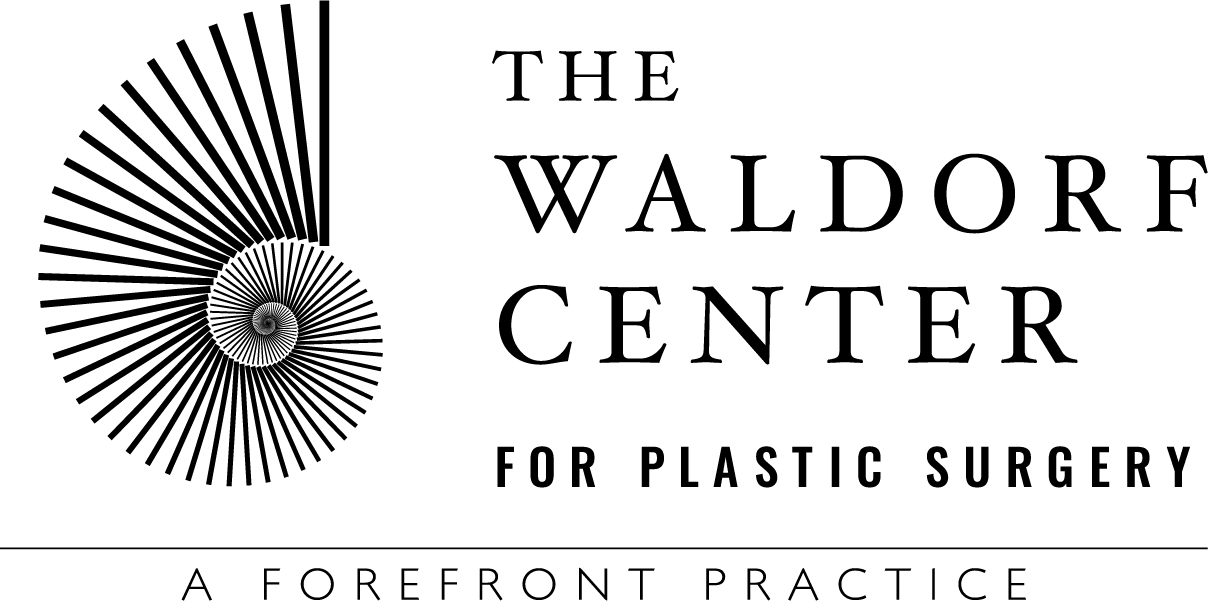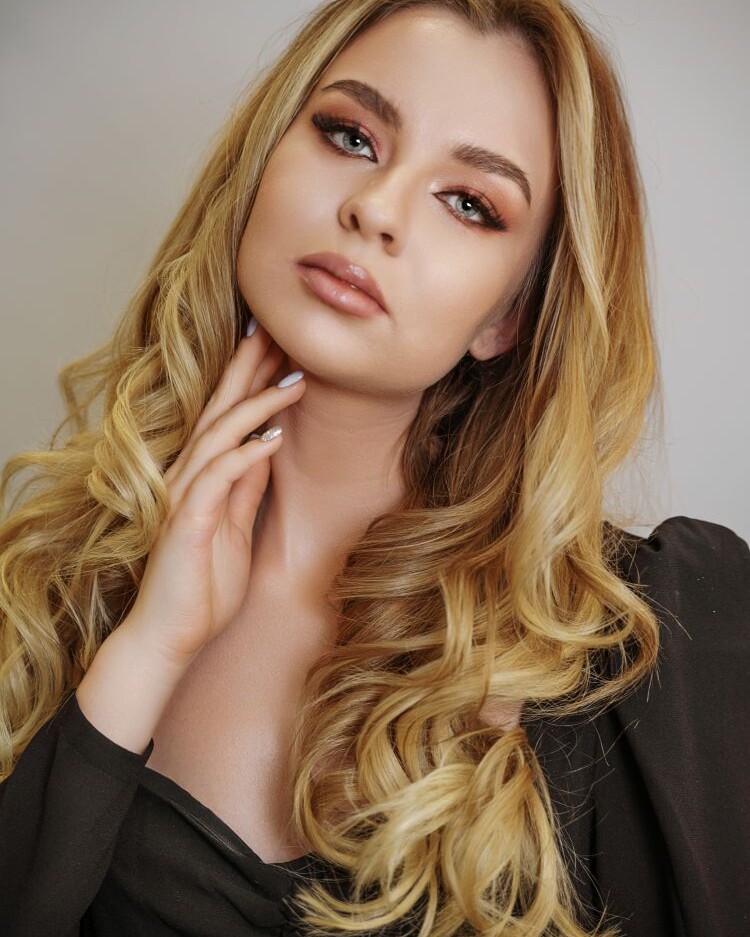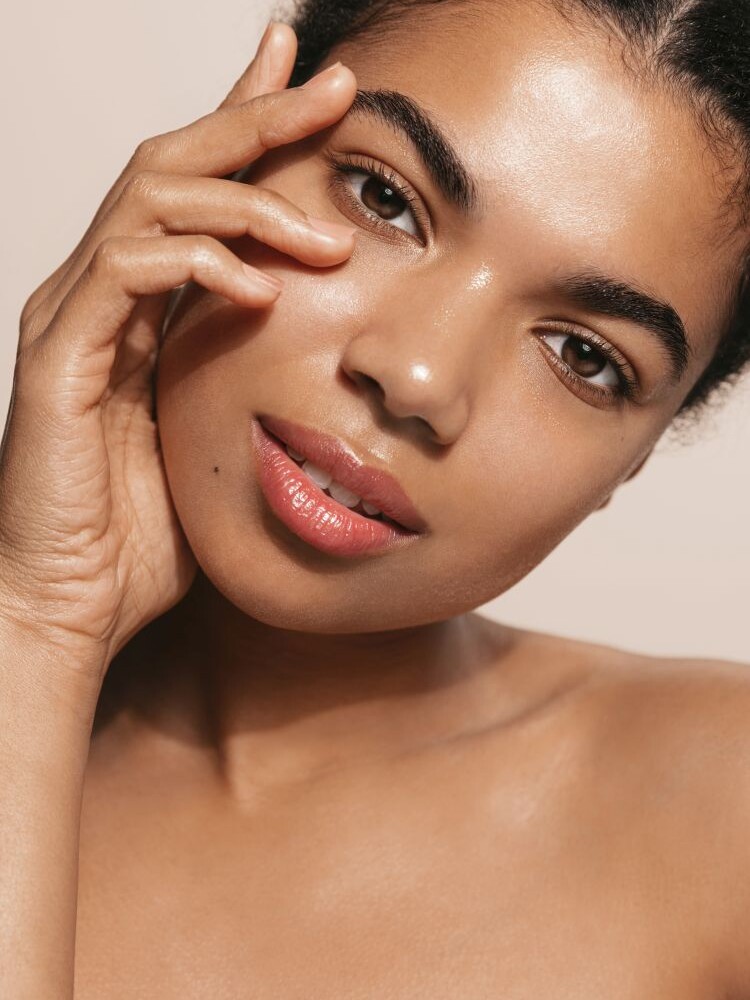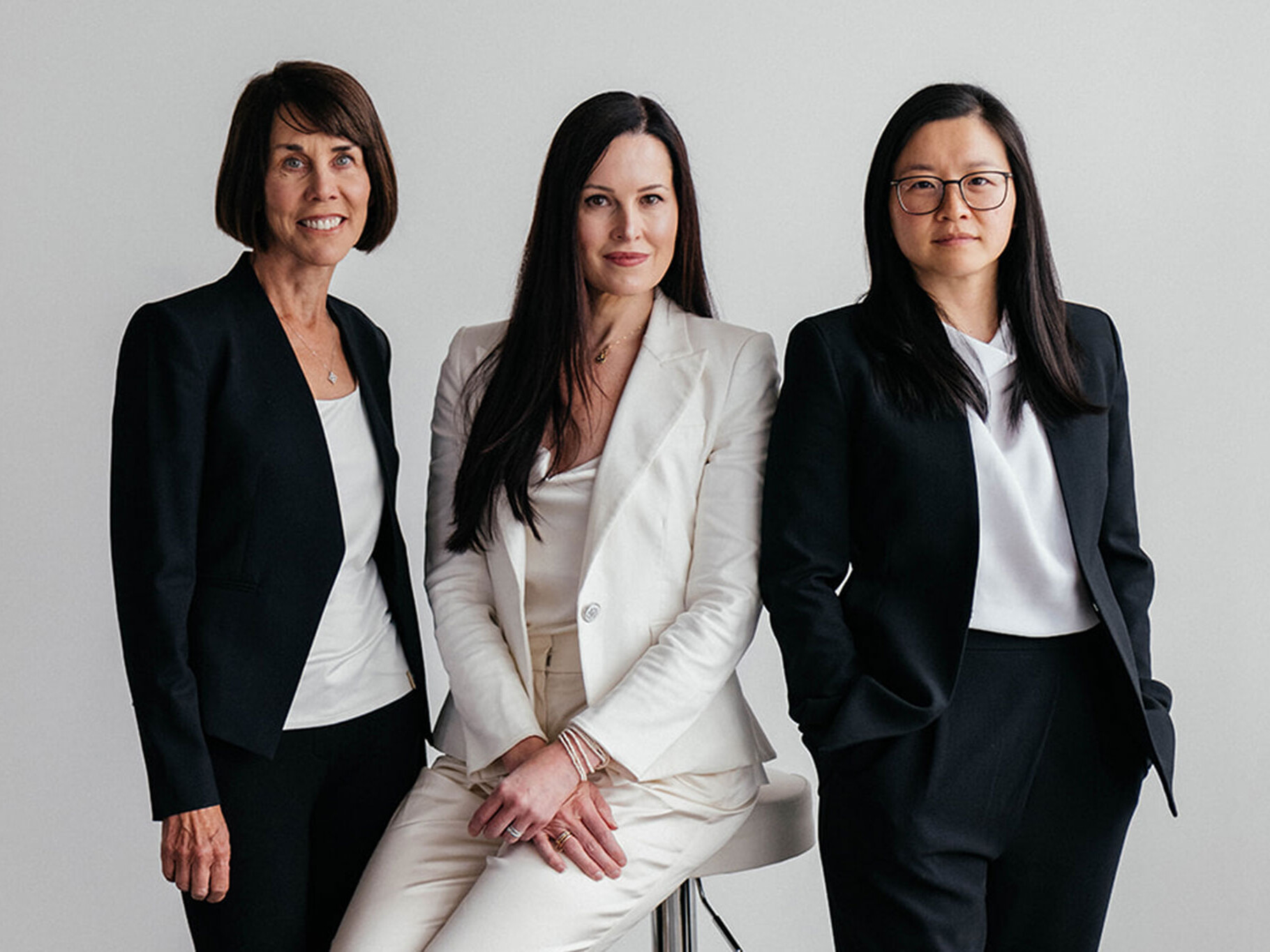- Home
- SURGERY
- Facial Surgery
- Rhinoplasty
RHINOPLASTY
LEARN MORE ABOUT NOSE SURGERY FOR PORTLAND, OR
If you are unhappy with the shape or size of your nose, or if you have difficulty breathing due to a structural issue within the nose, our board-certified surgeons can help you by performing a cosmetic and/or functional rhinoplasty at the Portland, OR, practice. Schedule a consultation for rhinoplasty in Portland, Oregon. Patients in the Vancouver and Salem areas and beyond can call 503-882-0124 or 1-800-501-6548 today. You can also schedule a visit online.
Nose surgery is one of the most popular plastic surgery options available today, with a history that stretches back thousands of years. Considering that the procedure lasts a few hours at most and results in only a couple of weeks of noticeable bruising, rhinoplasty at the Portland, OR, based Waldorf Center has minimal side effects for a long-term facial change.
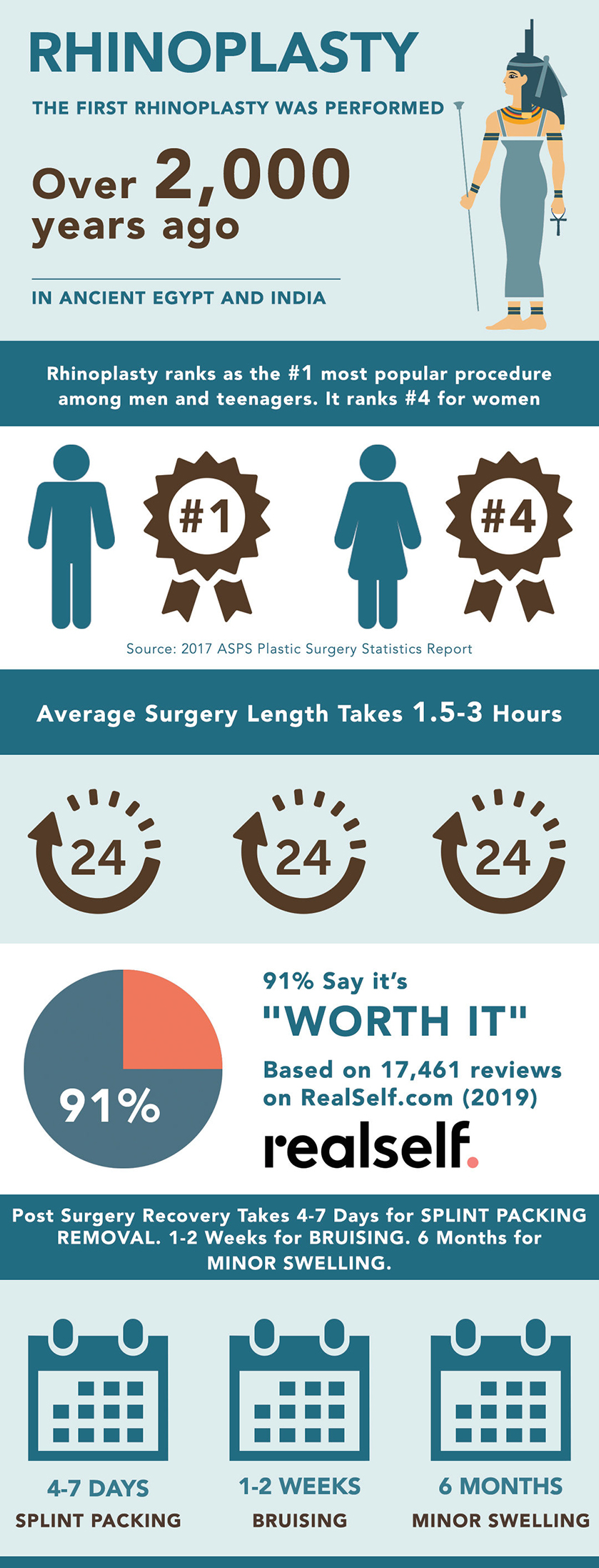
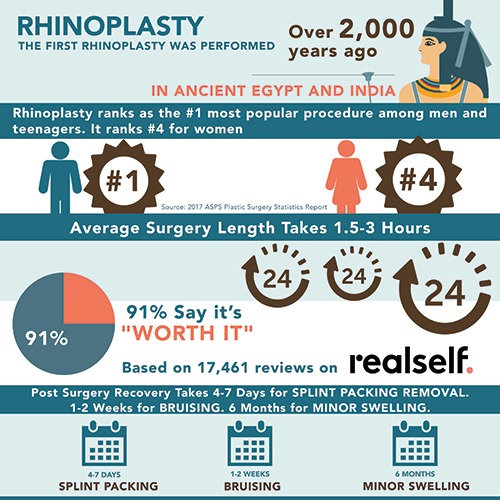
Nose surgery is one of the most popular plastic surgery options available today, with a history that stretches back thousands of years. Considering that the procedure lasts a few hours at most and results in only a couple weeks of noticeable bruising, rhinoplasty at the Portland, OR, based Waldorf Center has minimal side effects for a long-term facial change.
YOUR RHINOPLASTY CONSULTATION
We believe every patient needs to be well educated about rhinoplasty so an informed decision about the nose surgery—and the surgeon handling the procedure—can be made. This includes the expected results, the surgery preparation process, and the nose job recovery period. The surgeon will discuss each patient’s concerns and personal goals with them, as well as use the Vectra 3D Imaging System to offer an idea of what their nose could look like after the surgery.
An examination will allow the surgeons to determine what is possible via nose surgery. They will also advise each patient on what the rhinoplasty procedure will involve in terms specific to their case.
Since choosing a surgeon for a nose job is such an intensely personal decision, questions for your surgeon and the rest of the team are encouraged.
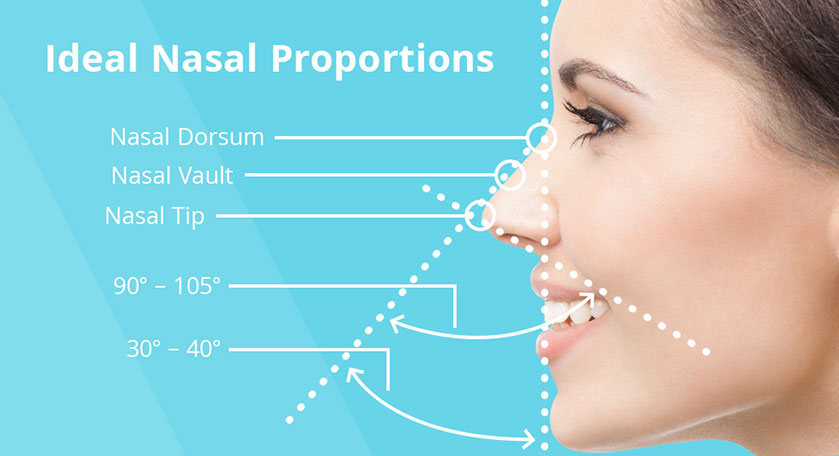
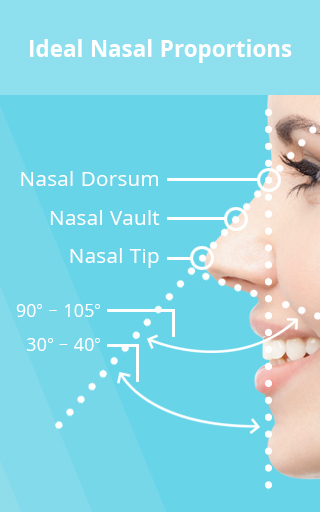
Cosmetic medical specialists have found over the centuries that there are certain constant proportions and angles behind an aesthetically balanced nose. The idealized nose possesses a straight dorsum, a tip with moderate projection, and a slight dip in its vault, along with the angle ranges shown above that are relative to the other structures to the face. During a rhinoplasty, our Portland, OR, surgeons carefully consider these factors to produce a nose that better harmonizes with the rest of a patient’s face.
It is important to remember that not only is every person’s nose unique, but that it also sits in the middle of a unique face. Dr. Waldorf and Dr. Streu do not treat rhinoplasty surgery as a procedure performed on a discrete object, but as an opportunity to bring balance and harmony to the face as a whole. For this reason, it is simply not possible to “get” someone else’s nose. Many people see images of a celebrity—or even a friend whose looks they have admired—and want to bring the lines, angles, and proportions on that person’s nose onto their own face.
RHINOPLASTY CAN...
Reduce the width or length of the nose
Remove a hump on the bridge of the nose
Reshape the tip of the nose
Narrow wide nostrils
Straighten a crooked nose
Change the angle between the nose and the upper lip
Correct a deviated septum or other breathing obstruction within the nose
Correct birth defects and nasal injuries
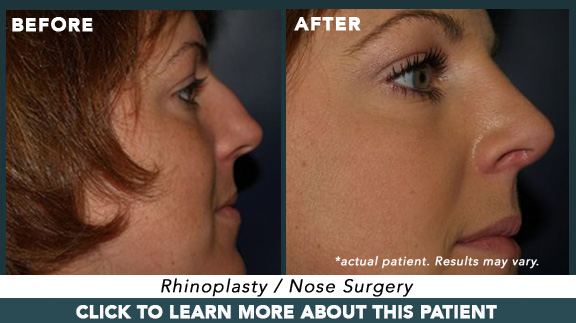
*Patient results may vary.
See The Difference
Many patients come to The Waldorf Center as part of one’s personal health & beauty journey. Visit our before & after photo gallery to see the possibilities for yourself.
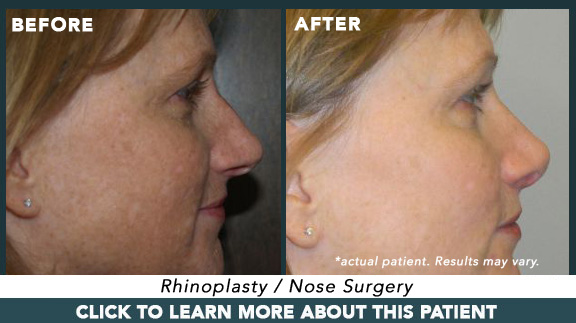
*Patient results may vary.
Noses that are aesthetically appealing all share something in common: They look like they fit the face they are on. Copying the look of a specific nose does not guarantee that the modified nose will look as good as the original because it will not be surrounded by the same cheekbones, brow, eyes, mouth, and more. Even the ears framing the head can impact how the nose appears. Merely re-creating a different nose, with no regard to its surroundings, can cause it to stand out and appear obviously out of place—the exact opposite outcome desired after rhinoplasty surgery.
While it is possible to show your surgeon images of the sorts of nose shapes and sizes that are appealing to you, she will shape each patient’s nose so that it best fits their unique proportions and features.
YOUR RHINOPLASTY PROCEDURE
Since rhinoplasty is customized for each patient, there are variations on the techniques used to accomplish the surgery. Incisions are usually made inside the nostrils or across the bottom of the nose so that the bone and cartilage within the nostrils can be easily accessed and restructured for either cosmetic reasons or improved breathing function. Internal incisions are referred to as the “closed” approach, since no pulling back of tissue is required. An incision on the columella, which allows tissues to be pulled back for better visualization of the internal structures, is known as the “open” approach. Either way, the scar from a nose job is well hidden.
THREE TALENTED DOCTORS
ONE FOCUSED MISSION
The experienced surgeons at The Waldorf Center for Plastic Surgery—Dr. Kathleen Waldorf, Dr. Rachel Streu and Dr. Heidi Johng—built the practice on a foundation of providing patients with high quality, ethical care. One of their guiding principles is a belief that cosmetic surgery is as much an art as it is a science.
The experienced surgeons at The Waldorf Center for Plastic Surgery—Dr. Kathleen Waldorf, Dr. Rachel Streu and Dr. Heidi Johng—built the practice on a foundation of providing patients with high quality, ethical care. One of their guiding principles is a belief that cosmetic surgery is as much an art as it is a science.
In cases where an area of the nose needs to be built up, such as in the case of making wide nostrils smaller, cartilage grafts will be used. For this process, tissue is removed from one area of the nose and grafted to the area where it is needed.
The rhinoplasty procedure typically takes one to two hours and is performed using general anesthesia. After recovery, you can return home to be cared for by family or friends.

*Patient results may vary.
See The Difference
Many patients come to The Waldorf Center as part of one’s personal health & beauty journey. Visit our before & after photo gallery to see the possibilities for yourself.

*Patient results may vary.
RECOVERING FROM RHINOPLASTY
In most cases, patients can return to work within one or two weeks after a nose job. There will be significant swelling, bruising, tenderness, and discomfort, but these symptoms can be managed with pain medication and ice packs. You must sleep on your back for a period of time, and elevating your head while sleeping will help to reduce swelling. Avoid strenuous activity for four to six weeks.
A splint is usually formed to the nose to help it maintain its new shape as it heals after rhinoplasty surgery. Your surgeon will remove the splint and sutures during a follow-up visit, and she will provide you with full post-operative instructions.
While bandages, sutures, and splints will no longer be needed in a matter of days, and recovery takes only weeks before getting back to a typical daily schedule, know that the internal changes made during rhinoplasty surgery can take up to a year to fully heal. As swelling subsides and the nose “settles,” patients will be able to see their new contours, which will gradually refine over the course of the following months.
Special Financing Available
The Waldorf Center in Portland, OR, offers special financing for the recommended surgical or non-surgical procedure you want. Convenient monthly payments can be structured to fit your financial situation. Call the practice for more information at 503-646-0101 or contact us online.
NOSE JOB-RELATED PROCEDURES
Since rhinoplasty surgery is all about balance, many patients use the opportunity of meeting with their surgeon to accomplish other surgical changes as well. Other face surgery procedures commonly chosen at The Waldorf Center include facelift, which tightens sagging tissues to re-contour the lower two-thirds of the face, and blepharoplasty, which addresses drooping eyelids and other cosmetic issues due to lax skin and volume loss around the eyes. Cheek augmentation can help to create more defined contours in the midface, which can better frame a nose that has been shaped with rhinoplasty.
In some cases, a combination of nonsurgical injections of BOTOX® and dermal fillers can alter the contours and angles of facial features on a temporary basis, giving patients who are not yet ready for other surgeries an idea of how the rest of the face can complement the ultimate result of rhinoplasty: a well-proportioned nose.
Contact our board-certified surgeons to schedule a consultation for rhinoplasty in Portland, Oregon, today. We will be happy to answer any questions you may have. Call 503-882-0124 or 1-800-501-6548.
*Patient results may vary*
